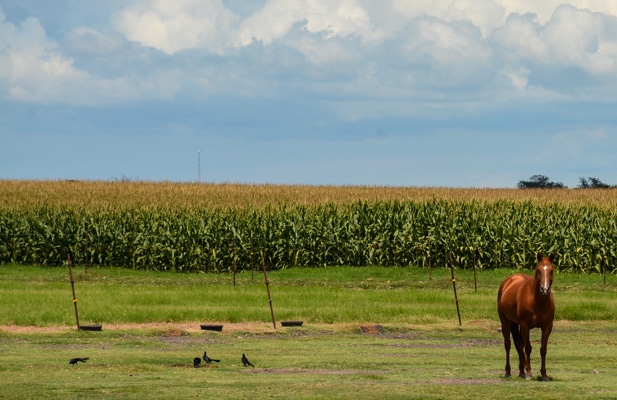July 5, 2018

Floodwaters from Hurricane Harvey had a significant impact on livestock and horses, forcing the livestock industry to cope with the associated lost revenue. Preventing this effect on the industry was difficult, as most people didn’t anticipate the severity of the storm and its devastating aftermath. However, this destructive event further stresses the importance of disaster preparation for livestock.
One of the key components of developing a disaster preparation plan is assessing the risks in the area, such as wildfires, hurricanes and blizzards. Each event poses different dangers and influences the types of resources and response methods needed to effectively address the emergency.
“By considering the different needs of each potential hazard ahead of time, you will be better prepared to respond,” said Jeff Turner, Director of Emergency Management at the Texas Animal Health Commission (TAHC).
While the needs may vary based on the emergency, many disaster preparation plans overlap. For example, disaster preparedness plans for livestock typically begin with taking inventory of the animals, their location and vaccination records. In case of loss or displacement, having a form of identification for each animal, such as ear tags or tattoos, as well as records of ownership are vital. TAHC encourages people to identify alternate water or power sources and prepare an evacuation kit that includes handling equipment, a three- to seven-day supply of feed and water, medications, tools and supplies for sanitation, basic first aid kit and gas-powered generators. TAHC also advises producers to make evacuation arrangements by establishing escape routes to safe locations and securing safe environments for animals.
“Small actions ahead of time will make a big difference across emergencies,” Turner said. “Just the simple act of talking through plans is an incredibly valuable way to bring awareness to any potential pitfall. Writing it down is important as well, especially for new and experienced producers who may not remember every detail when the occasion arises. There are many resources out there to assist you with working through the planning process."
About the Texas Veterinary Medical Association
Founded in 1903, the Texas Veterinary Medical Association is a professional association composed of more than 3,700 veterinarians committed to protecting public health, promoting high educational, ethical and moral standards within the veterinary profession and educating the public about animal health and its relationship to human health. For more information, call 512/452-4224 or visit www.tvma.org.
Source: Texas Veterinary Medical Association
You May Also Like




